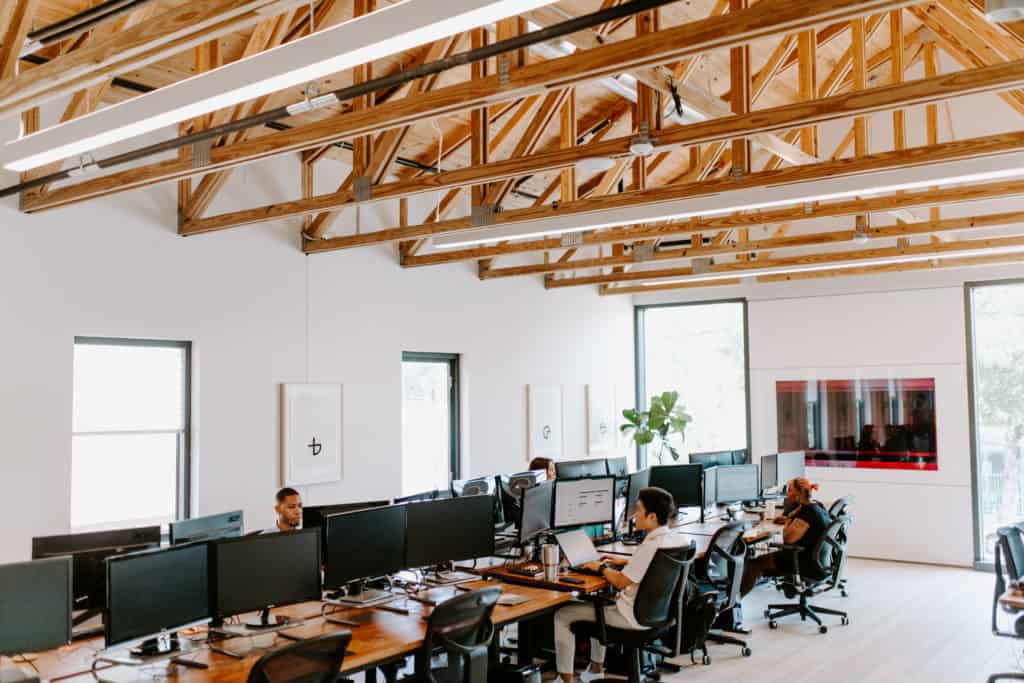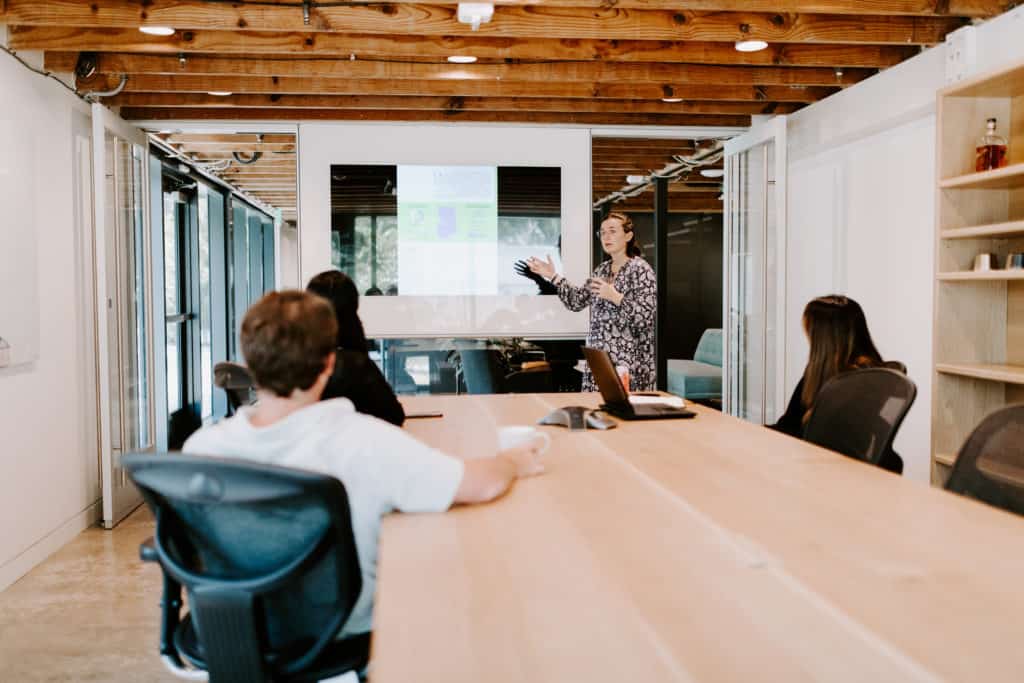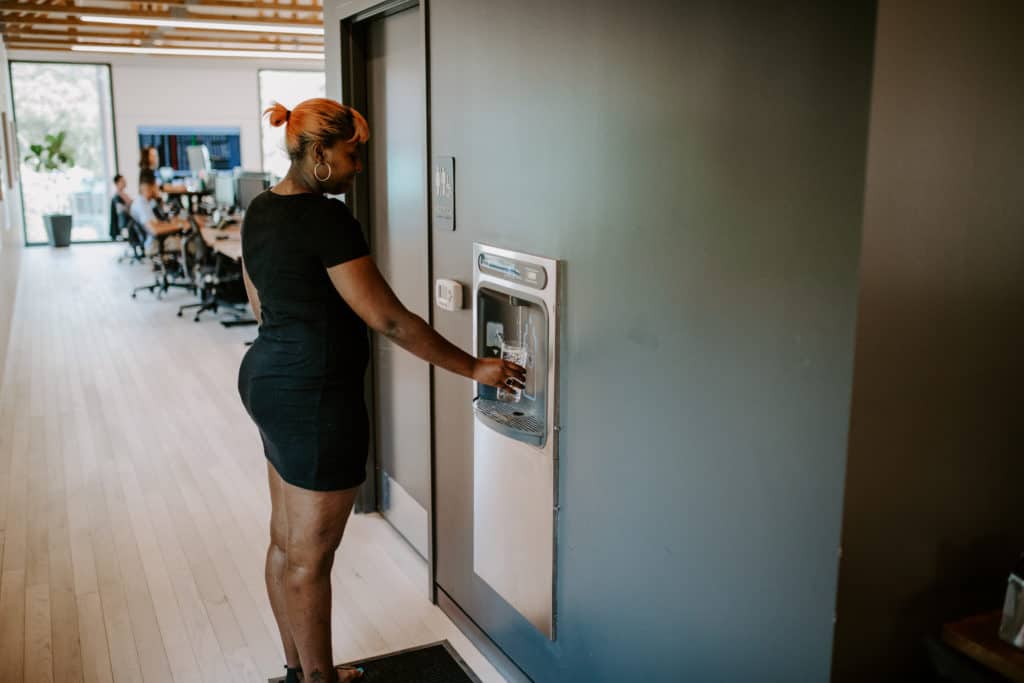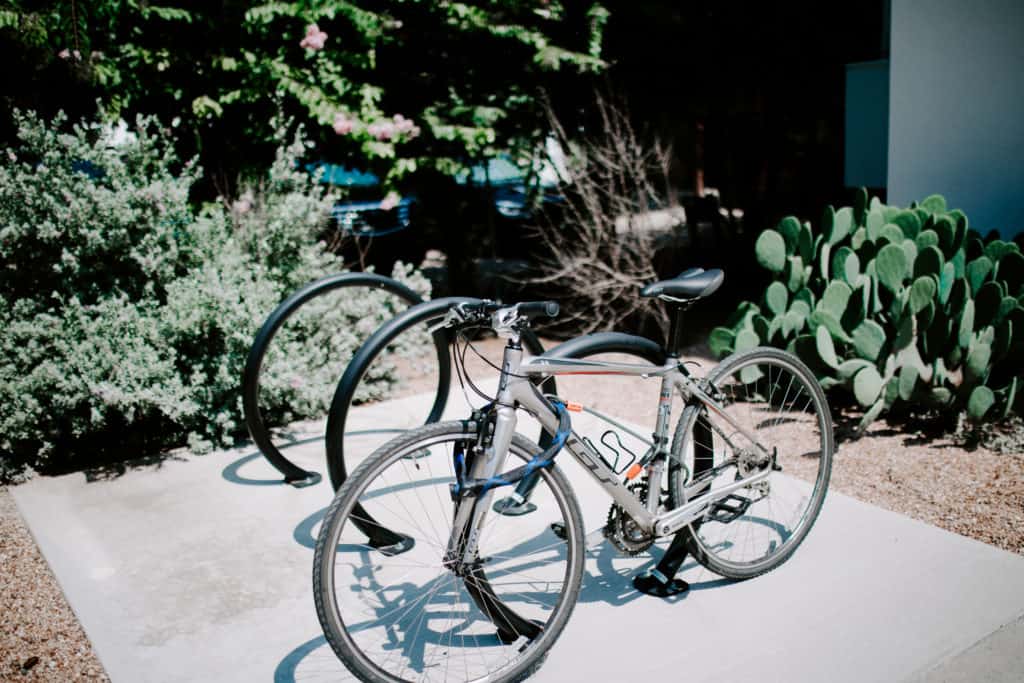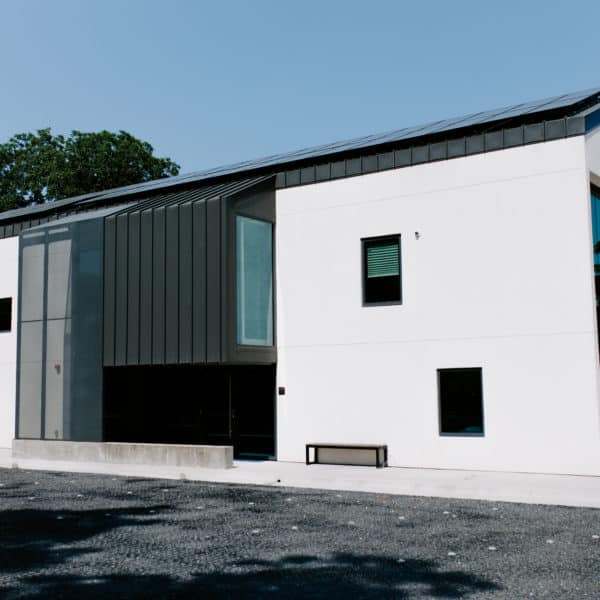An Old Church Gets a New Life as CarbonBetter HQ
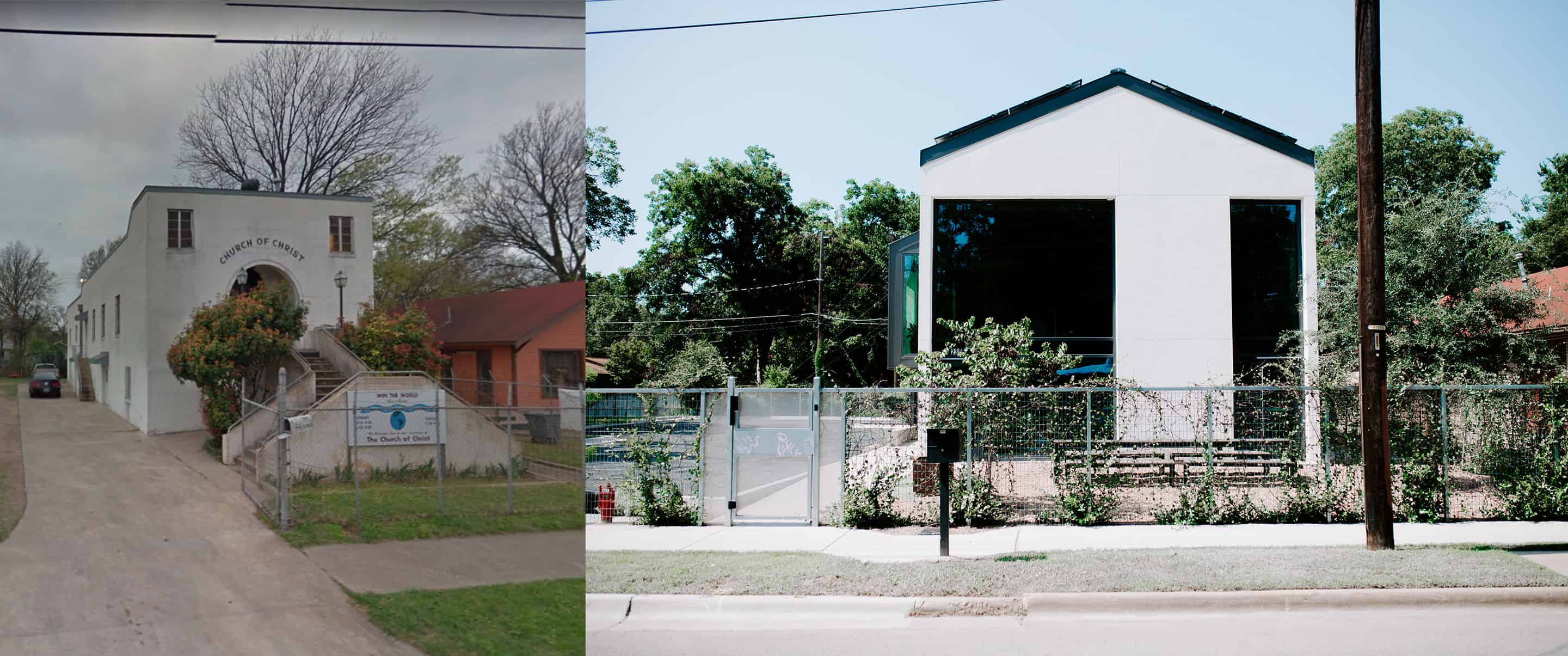
How progress over perfection reduced our carbon footprint
While repurposing an old building was an important start on our path to create a lower impact headquarters, we also made significant efforts to reduce our impact when making interior and exterior design decisions, including efforts to minimize energy and water use. Architectural and interior design choices can be overwhelming when navigating the green building space, but we focused on progress over perfection, with the ultimate goal of reducing our carbon footprint.
When selecting a location for CarbonBetter’s headquarters, we knew we wanted a workspace that aligned with our belief in the cumulative impacts of small changes. From location selection and whether to build new or repurpose an existing building, to chairs and pavers, we intentionally focused on making more sustainable choices. Ultimately, despite the increased cost, including a remodel tax, we chose to repurpose and completely renovate an old church rather than build new. From a resource conservation perspective, repurposing was the more sustainable option and the clear choice – we were able to leverage the original beams, window framing, and foundation.
From Salvaged Wood to Recycled Chairs
Wood from the church was salvaged for reuse, providing an opportunity to work with a local woodworker to create beautiful and highly functional desks. We were excited to incorporate part of the building’s roots into the space while simultaneously reducing waste. The desks were retrofitted to include a lift system, allowing them to be fully customizable for anyone. Other office furniture decisions include using locally sourced wood, Texas Pecan, for the kitchen table as well as dining chairs up-cycled from recycled (post-consumer) plastic. Each dining chair is made from one hundred and eleven recycled polyethylene terephthalate (PET) bottles.



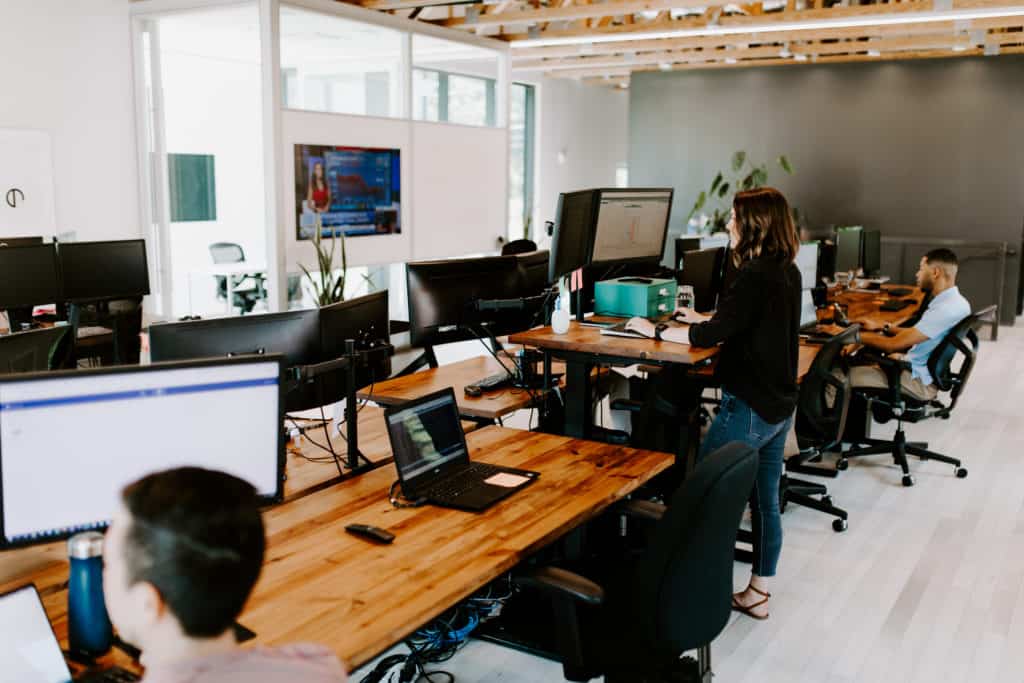
Keeping it Cool and Managing our Resources
Despite the larger upfront cost for materials and installation, we selected a metal roof known for its longer life cycle (fifty-plus years for metal versus twenty to thirty years for asphalt shingles) and enhanced efficiency. Metal roofs can also reduce waste sent to landfills as they are generally installed over existing roofing rather than requiring removal and disposal of tar-containing shingles. Metal roofs are made with a minimum of 25% recycled materials, which reduces landfill waste. Metal roofing is considered a “cool” roofing material boasting energy cost savings of up to 40%, reflecting more solar radiation than asphalt shingles in summer and providing good insulation in winter.
Establishing our Base
We were able to preserve the original building foundation during the remodel, which drastically reduced our total carbon dioxide (CO2) emissions. Cement production is a significant contributor to global CO2 emissions, representing 7% of the global share of CO2 emissions in 2017. CO2 emissions are an intrinsic byproduct of cement production, released as waste in the calcification from limestone to produce lime at high heat in a cement kiln. As cement is a high producer of CO2, leveraging the existing cement foundation was a crucial step in reducing the carbon footprint of our headquarters while also reducing materials and costs.
Harvesting the Sun: Solar Panels on a Metal Roof
To reduce our impact on the local grid, we installed solar panels in May 2021. When evaluating solar technologies, we had a lot of decisions to make between panels, inverters, and optimizers. We tried to make decisions that would maximize our efforts to reduce our demand for non-renewable energy sources. We are proud to have purchased solar panels manufactured in the United States with a long performance life cycle equipped with cell technology that delivers an incredibly high energy output. Most solar manufacturing occurs in China with limited environmental and labor regulations in place. Purchasing U.S. manufactured panels instills confidence that our panels have a reduced impact due to cleaner manufacturing processes. To optimize our ability to harness the power generated by the installed panels, we selected a single-phase inverter with a 99% efficiency and a compatible power optimizer with 99.5% efficiency, which has the potential to generate up to 25% more energy, ultimately maximizing the energy impacts of our investment.
By installing on-site solar, we are reducing our load from the local grid, which consists of a residual mix of fossil fuel-fired generation and renewable energy, thus assisting Austin Energy in their long-term energy management and renewable energy goals. Our solar project increases the amount of renewable energy available on the grid by supplying the utility with solar generated on-site. While Austin Energy receives the renewable energy credits (RECs) from the system, we are proud to reduce our impact and aid Austin Energy moving forward.
Even Our Parking Lot Makes a Difference
While the parking lot might not be the first thing you notice when visiting, we considered our water resource impacts when selecting a modified xeriscaped yard and a permeable pavement parking lot. Permeable pavers are porous surfaces allowing water to drain naturally through the subsurface, recharging local aquifers and preventing parking lots from flooding during heavy rain. There are several benefits associated with permeable pavement, including reducing water in storm drains and runoff systems as well as filtering out pollutants that contribute to water pollution. These both aid the local stormwater management practices, which reduces the amount of water required to be treated and allows water to return to the hydrologic cycle naturally.
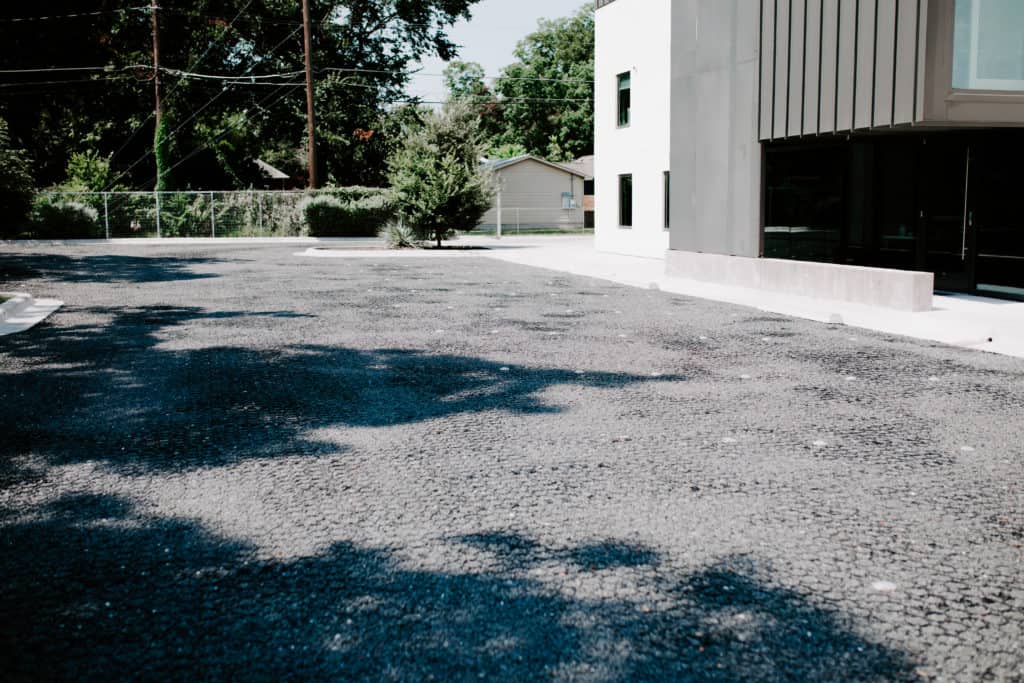
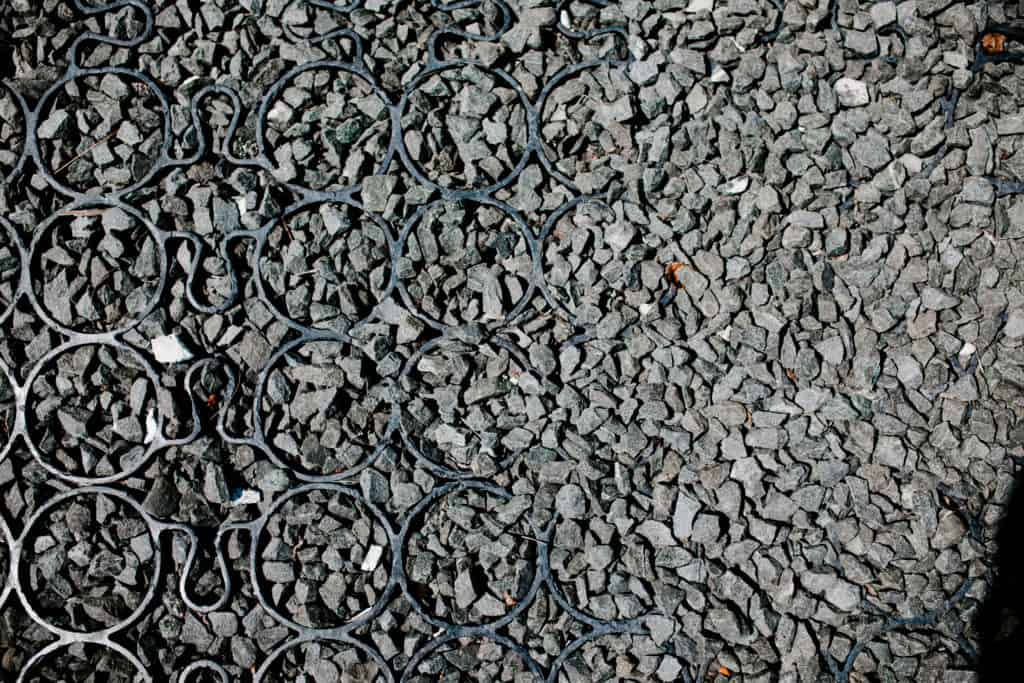
As part of our xeriscaping, we focused on drought-resistant native plants. We do not have an irrigation system and instead hand water as necessary in limited areas. Given our landscaping choices, the total water used for exterior purposes is negligible when compared to our internal water uses. Within our building, several steps have been taken to conserve water, including the use of low flow toilets and automatic sinks.
Scenes from HQ

